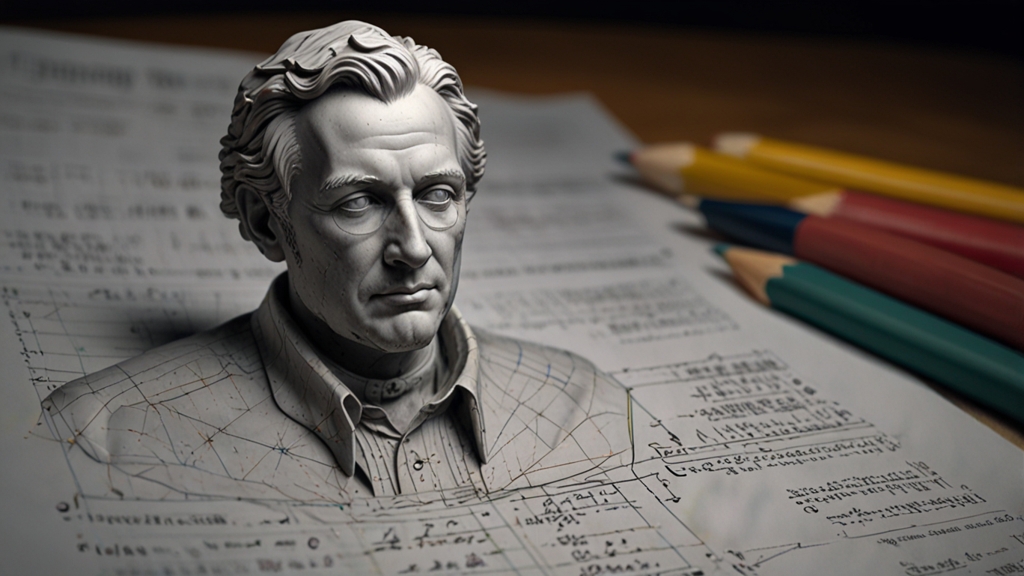Hidden Secrets of Ancient Civilizations Unveiled
In the annals of history, ancient civilizations have always held an enigmatic allure. From the towering pyramids of Egypt to the intricate city planning of the Indus Valley, the remnants of these ancient societies continue to captivate and intrigue modern scholars and enthusiasts. As archaeological techniques advance and technology progresses, new secrets of these long-lost civilizations are being unveiled, offering deeper insights into their daily lives, beliefs, and advancements.
The Enigma of the Egyptian Pyramids
The Egyptian pyramids, particularly the Great Pyramid of Giza, have long been considered architectural marvels. For centuries, historians pondered how such grand structures could be built with the limited technology available at the time. Recent findings suggest that the ancient Egyptians possessed far more advanced engineering knowledge than previously believed.
"The more we learn about the construction techniques of the pyramids, the more we realize the sophistication of their engineering skills," says Dr. Zahi Hawass, an eminent Egyptologist.
Researchers have discovered evidence of innovative building methods, such as the use of water to move heavy limestone blocks and internal ramps that facilitated construction. These revelations not only speak to the ingenuity of the Egyptians but also demonstrate their profound understanding of mathematics and physics.
Unraveling the Mysteries of the Indus Valley Civilization
The Indus Valley Civilization, flourishing around 2500 BCE in what is now Pakistan and northwest India, remains one of the most advanced yet least understood ancient societies. Known for its urban planning, elaborate drainage systems, and standardized weights and measures, recent excavations are shedding new light on its societal structure and trade networks.
One of the most significant discoveries is the decipherment of a portion of the Indus script, which has long eluded linguists. These findings offer glimpses into their bureaucratic system, economic transactions, and possibly even their religious rituals. Moreover, analysis of trade artifacts reveals extensive networks that connected the Indus people with Mesopotamia, Central Asia, and the Arabian Peninsula.
The Advanced Astronomy of the Mayans
In the dense jungles of Central America, the Mayan civilization developed one of the most sophisticated astronomical systems of the ancient world. Recent LiDAR (Light Detection and Ranging) technology has unearthed structures and roadways previously hidden by the thick jungle canopy, offering unprecedented insights into Mayan life.
"LiDAR is revolutionizing our understanding of the Maya. We now realize the extent of their urban and agricultural systems was far greater than we ever imagined," remarks Dr. Richard Hansen, a prominent archaeologist studying the Maya.
Further analysis of Mayan codices and hieroglyphics has revealed that their knowledge of celestial bodies was extraordinarily precise. The Mayans could predict solar and lunar eclipses with remarkable accuracy and had an intricate calendar system that synchronized with astronomical events. These discoveries highlight their advanced understanding of astronomy and timekeeping.
The Technological Marvels of Ancient China
Ancient China, with its long history and rich cultural heritage, contributed enormously to technological advancements that shaped human civilization. Recently, excavations at the Terracotta Army site in Xi'an have provided new insights into the manufacturing techniques and organizational skills of ancient Chinese artisans.
Advanced metallurgical analysis shows that the weaponry of the Terracotta Army was made using sophisticated techniques that prevented corrosion, a technology that would not be rediscovered in Europe until much later. Additionally, discoveries at various ancient Chinese sites indicate a high degree of ingenuity in fields such as agriculture, paper production, and navigation.
The Legacy of Innovation
As we continue to unearth and decipher the hidden secrets of ancient civilizations, we gain a greater appreciation for their contributions to human progress. These societies were not merely primitive forebears but were complex cultures with sophisticated technologies and profound knowledge.
The ongoing discoveries stand as a testament to human curiosity and our quest to understand the past. They not only enrich our knowledge of history but also inspire contemporary innovations by reminding us that some of the greatest minds and ideas came from times long before the modern era.
"Each discovery is a piece of the puzzle," says Dr. Sarah Parcak, a pioneering archaeologist. "Together, they reshape our understanding of the ancient world and its enduring impact on our present and future."









